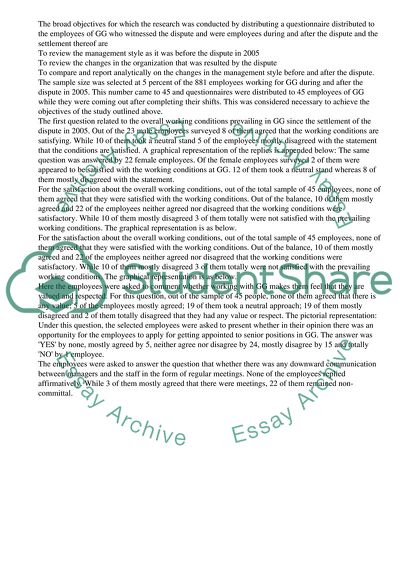Cite this document
(“Management Style in Gate Gourmet Research Paper”, n.d.)
Retrieved from https://studentshare.org/business/1531112-management-style-in-gate-gourmet
Retrieved from https://studentshare.org/business/1531112-management-style-in-gate-gourmet
(Management Style in Gate Gourmet Research Paper)
https://studentshare.org/business/1531112-management-style-in-gate-gourmet.
https://studentshare.org/business/1531112-management-style-in-gate-gourmet.
“Management Style in Gate Gourmet Research Paper”, n.d. https://studentshare.org/business/1531112-management-style-in-gate-gourmet.


